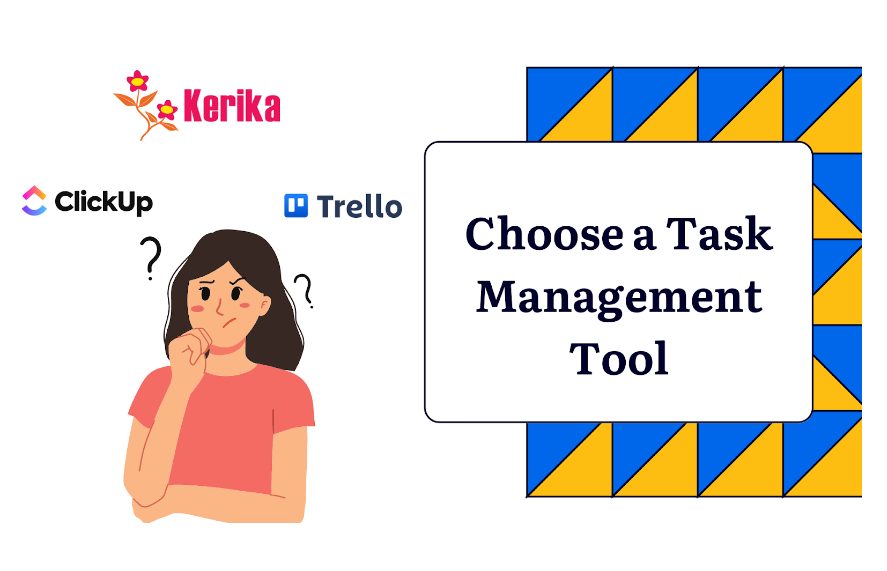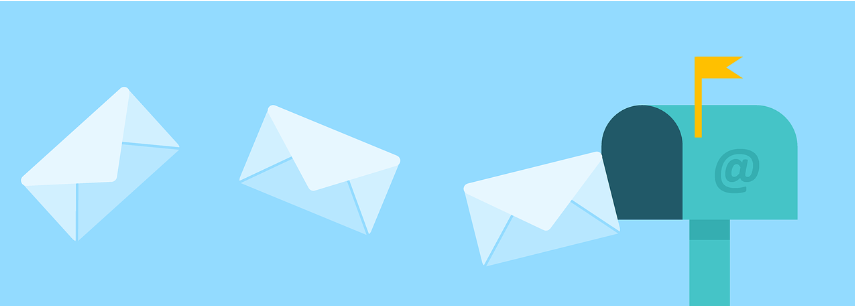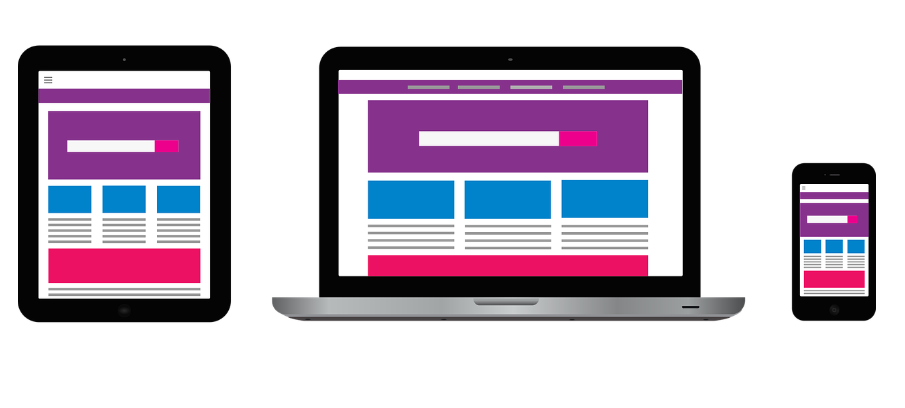8 Steps For Planning a Successful Email Marketing Campaign
Email marketing revenue has reached an astonishing $10.89 billion as of 2023! Yes, you read that right! It’s a testament to the incredible power and profitability of email marketing in today’s digital landscape.
If you want to maximize the potential of your email marketing campaign, you need to take strategic steps and execute them carefully. In today’s information-saturated digital landscape, it’s crucial for you to stand out and connect with your audience effectively.
In this blog, we’ll cover 10 important steps that will help your email marketing campaigns become successful. These ten steps are all you need to make your emails super effective. So, get ready to unleash the power of email marketing and see some incredible results.
Choose a Task Management Tool:
A task management tool is the first step in planning email marketing campaigns. It empowers you to organize your workflow, assign responsibilities, track progress, and meet deadlines effectively. By utilizing this tool, you can streamline your tasks, from brainstorming ideas and creating engaging content to designing templates and scheduling send-outs. You can easily monitor the status of each task, set deadlines, and collaborate seamlessly with your team.
The following are our top 5 picks to help you choose your first task management tool:
- Kerika: Kerika is a comprehensive task management tool that enables collaboration and project planning. With features like task assignment, progress tracking, and document sharing, it helps streamline email marketing campaign workflows and keeps team members organized. It also offers dedicated templates to help you with your email marketing campaigns.
- Asana: Asana is a popular project management platform that offers robust features for planning and executing email marketing campaigns. It allows teams to create tasks, assign responsibilities, set deadlines, and monitor progress, ensuring seamless coordination and improved efficiency.
- Trello: Trello is a visually appealing and user-friendly task management tool that utilizes boards, lists, and cards to organize email marketing campaigns. It allows teams to create tasks, attach files, assign due dates, and track progress using a drag-and-drop interface, making it easy to manage projects.
- Monday.com: Monday.com is a versatile project management tool that offers customizable boards, workflows, and automation features. It allows email marketers to create tasks, assign responsibilities, track progress, and visualize project timelines. Its flexibility makes it suitable for various email marketing campaign planning needs.
- ClickUp: ClickUp is a feature-rich project management tool that helps streamline email marketing campaigns. It offers task management, time tracking, collaboration features, and integrations with various tools. ClickUp’s customizable dashboards and reporting capabilities provide email marketers with valuable insights for campaign optimization.
Set your goals
When developing your email marketing campaign, it is crucial to set goals that align with your desired outcomes. Start by identifying what you want to achieve. Ask yourself: Do you want to increase website traffic, generate leads, boost sales, or accomplish another specific objective?
By defining your goals, you can tailor your campaign strategies and tactics accordingly. For instance, if your aim is to increase website traffic, focus on creating compelling content and including relevant links.
If lead generation is your priority, prioritize lead capture forms and targeted offers. Setting clear goals allows you to develop a purposeful and measurable campaign that aligns with your objectives.
Choose your audience
When making this decision, ask yourself: Who are you aiming to reach with your campaign? What are their interests and preferences? What are their pain points and challenges? Understanding your audience enables you to create content that is both relevant and engaging to them.
By catering to their age, specific needs and interests, you can increase the effectiveness of your email marketing efforts and drive better results. Here is a good example of age statistics of email users in the US. 93.6% of US internet users aged 25-44 use email. Statistics like this can guide you in deciding your target audience.
Create a compelling subject line
When crafting your email, it’s important to recognize the impact of a compelling subject line on your subscribers. Did you know that 64% of recipients open emails solely based on the subject lines? As the first thing your subscribers see, the subject line holds great significance in grabbing their attention.
To maximize its impact, focus on creating a subject line that personally resonates with your audience. By piquing their curiosity, offering value, or sparking their interest, you can increase the likelihood of your emails being opened and read. Don’t underestimate the power of a well-written subject line in boosting your open rates and effectively engaging your subscribers.
Write engaging content
When crafting your email campaign, remember that the content you create holds immense significance. It is the driving force behind your campaign’s success. Surveys indicate that 65% of recipients prefer emails with mostly images, while 35% prefer mostly text. Striking a balance that caters to your audience’s preferences is key.
Your email content should be clear, concise, and informative, providing value to your readers. Equally important is ensuring that the content is relevant to their interests and needs. By delivering engaging and personalized content, you can capture your audience’s attention, foster a connection, and drive meaningful engagement with your email campaign.
Include a clear call to action.
In your email content, a clear and compelling call to action (CTA) holds tremendous significance. It serves as the guiding element that directs your subscribers on the desired next step, whether it’s visiting your website, signing up for a free trial, or making a purchase.
According to WordStream, emails featuring a single call-to-action experienced a remarkable increase of 371% in clicks and a staggering 1617% rise in sales. The clarity and conciseness of your CTA play a vital role in motivating your subscribers to take action.
By providing a straightforward and compelling CTA, you increase the likelihood of subscribers engaging and following through on your desired actions. Make sure your CTA stands out, is easily understood, and creates a sense of urgency, driving your audience towards conversion.
Optimize your emails for mobile devices.
Optimizing your emails for mobile devices is crucial in today’s digital landscape. With a growing number of people accessing emails on their mobile devices, it’s essential to ensure that your emails are designed with mobile compatibility in mind. Astonishingly, 81% of all emails are now opened and read on mobile devices, underlining the significance of this optimization.
To make a strong impact, it is important to ensure that your emails look visually appealing and are easy to read on smaller screens. This involves utilizing responsive email templates that automatically adjust to different screen sizes, optimizing fonts and images for mobile viewing, and maintaining a clean and streamlined layout. By optimizing your emails for mobile, you can enhance the user experience, increase engagement, and maximize the effectiveness of your email marketing campaigns.
A/B test your emails.
A/B testing is widely embraced by US companies, with a remarkable 93% of them utilizing this strategy for their email marketing campaigns. This testing method provides valuable insights into what works and what doesn’t, allowing you to optimize your campaigns for better results.By conducting A/B tests, you can experiment with different elements of your emails, such as subject lines, call-to-actions, and content variations. This enables you to gather data on subscriber preferences and behavior, helping you identify the most effective strategies. Whether it’s testing different subject lines to improve open rates or comparing various call-to-action placements to boost click-through rates, A/B testing empowers you to make data-driven decisions and refine your email campaigns for optimal performance.
By implementing these ten steps, you can unlock the power of email marketing and witness incredible outcomes. So, get ready to stand out, connect with your audience effectively, and achieve success in your email marketing endeavors.









